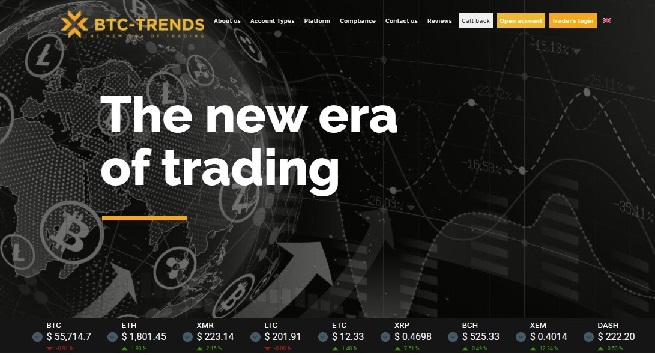The earliest date for implementing the new 8-megabyte bitcoin blocks has passed. But the Bitcoin XT project still isn’t supported by the majority of the bitcoin community.
11 January 2016 was the day appointed by bitcoin developer Gavin Andresen for the earliest possible activation of new 8-megabyte bitcoin blocks in his proposal released on 30 July 2015.
According to Andresen, if 75% majority of bitcoin users had supported his Bitcoin XT project at least two weeks before that date, then on 11 January Bitcoin XT blocks would have increased up to 8Mb. Whether or not the goal was reached should have been determined by hash-power vote. It means that for the new block size to be introduced, 750 of 1000 consecutive blocks mined in a chain should have been Bitcoin XT blocks.
However, this has not been achieved so far. As xtnodes.com graphs show, of the total number of bitcoin nodes, only about 9% have been turned XT. The vast majority of nodes still support the Bitcoin Core protocol, which implies the conventional block size of 1Mb. So, by now the community seems to vote against dramatic changes in the block size, although if whenever in the future the 75 % majority consensus on Bitcoin XT is reached, the XT protocol will be effectively implemented.
The Bitcoin XT project, also known as BIP 001 (Bitcoin Improvement Protocol), is one of the solutions to the block size debate. One-megabyte block size puts a limit to the bitcoin transaction volume, which will soon start to hinder bitcoin adoption and growth, given the speed of the cryptocurrency adoption. That’s why some proposals have been made to increase the block size. BIP 001 implies a jump to 8Mb and then doubling every two years until the block becomes 8Gb large.
A more modest project provides a single doubling of the current block size, making it 2Mb. This plan is supported by BTCC CEO Bobby Lee. He says that the dramatic change from 1 to 8Mb can make bitcoin less attractive for existing bitcoin users, who seem to like the cryptocurrency the way it is. Even now running a bitcoin node is quite demanding in terms of disc space, networking bandwidth and CPU processing. Therefore, for many users multi-gigabyte blocks in the future would pose a serious problem, claims Lee.
Andrew Levich















